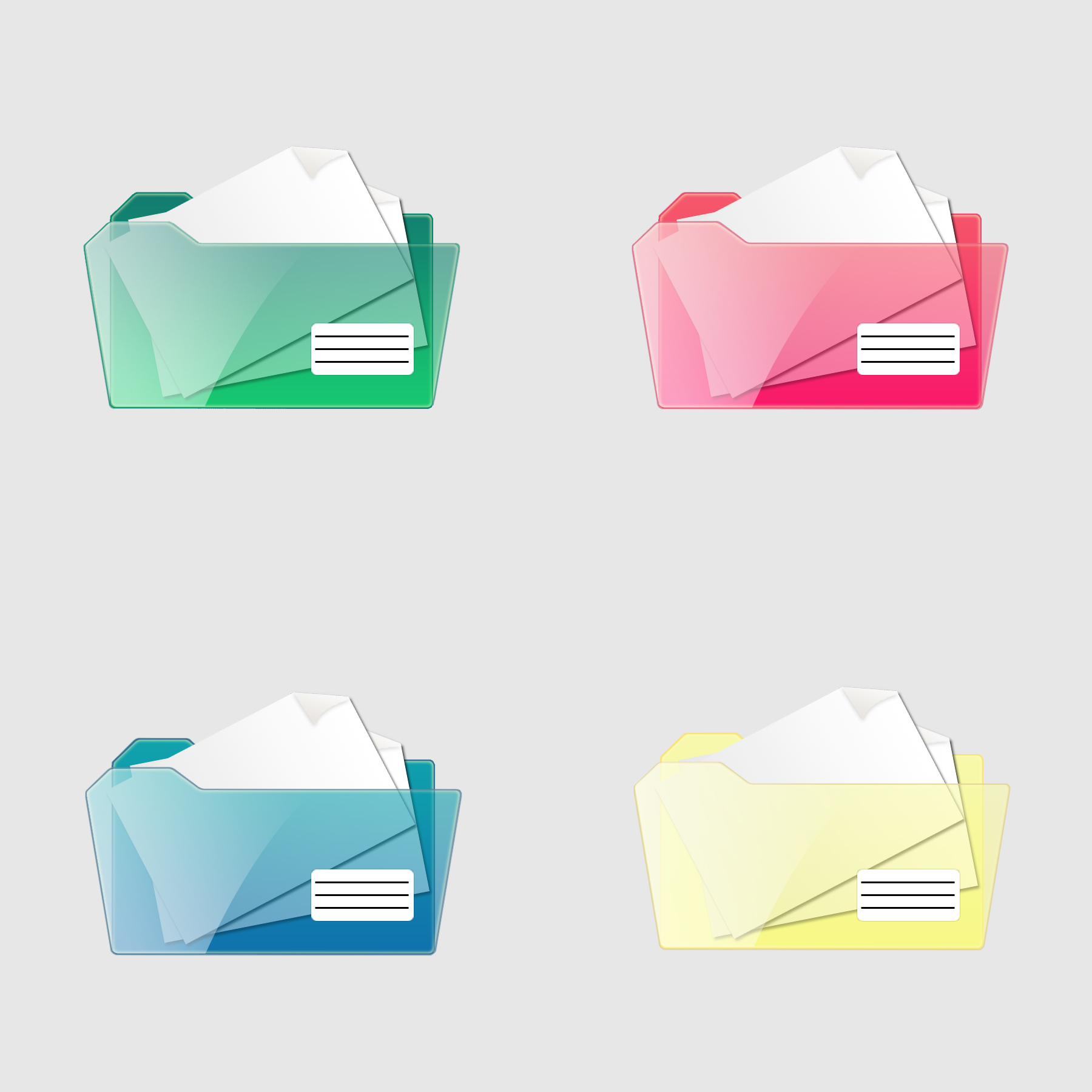In the realm of business, there are times when things simply don’t add up. You have all the ingredients for success, but you can’t quite figure out the recipe. Great salespeople? Check. Awesome products? Got it. Competitive pricing. Yup, you have that too. Why, then, do your sales figures fail to reflect the fact that you’ve got all the right stuff?

“I wish that finding a solution was as easy as pressing my pants.”
If you’re tired of looking for answers and coming up with a big fat zero, there is good news. Thanks to selling skills assessment tools, you can pinpoint exactly where your company is falling short. Finally, you will have some answers.
What is a “selling skills assessment tool?”
It’s hard to be completely objective when evaluating your team. Thankfully, as “Understanding the SSAT as an Effective Sales Tool” states, these tools are designed to “provide an objective look at your peoples’ strengths, their skills, and specific areas that need improvement, providing you with a detailed, accurate quantification of the selling abilities across your organization.” Armed with the valuable information gleaned from this process, you will be better able to make the changes needed to equip your company for success.
Objectivity
Let’s further examine objectivity. You likely try to be objective, but it is impossible for any human to be completely devoid of personal preferences–and these preferences will, naturally, make you prefer some people to others. “5 Things to Know About Employee Assessments” warns that we all have subconscious preferences and attitudes towards different types of people. Assessments, however, simply look at the cold, hard facts and yield an accurate picture of each individual based solely on their ability to do the job.
Job-focused
Sure, Ethel is a great people person. And, yes, her customers do love her. The only trouble is that she can’t seem to close the deal. A subjective human may be so blinded by her incredible interpersonal skills and her positive customer comments that they fail to identify her shortcomings as a sales person. An assessment, however, would spot her weakness right away. Why?
According to “The Four Best Benefits of Using Pre-Employment Assessments“, “well-designed assessment are tied to key competencies required for the job” enabling you to better predict success on the job. They can also be used to identify the ideal position for Ethel and her highly coveted social smarts.
Company Culture
By identifying your sales force’s strengths and weaknesses, you will be better able to nurture the desired traits and begin correcting areas that are problematic. And, in doing this, you will be able to work towards fostering a new company culture–one that leads to success.
One such tool, the Organizational Culture Assessment Instrument, OCAI, provides employers with “a picture of how your organization operates and the values that characterize it.” If your organization’s values are incongruent with success, you will be made aware and provided with the opportunity to correct it.
Even if you possess all of the ingredients for success, selling skills assessment tools will enable you to pinpoint where your recipe is going wrong. And, if you’re missing a key ingredient or two, you will find that out as well.
How have selling skills assessment tools such as SSAT helped your business?
Kimberley Laws is a freelance writer and avid blogger who hasn’t ironed a piece of clothing in years. She can be reached at kimberleylaws.com.
Tweet









